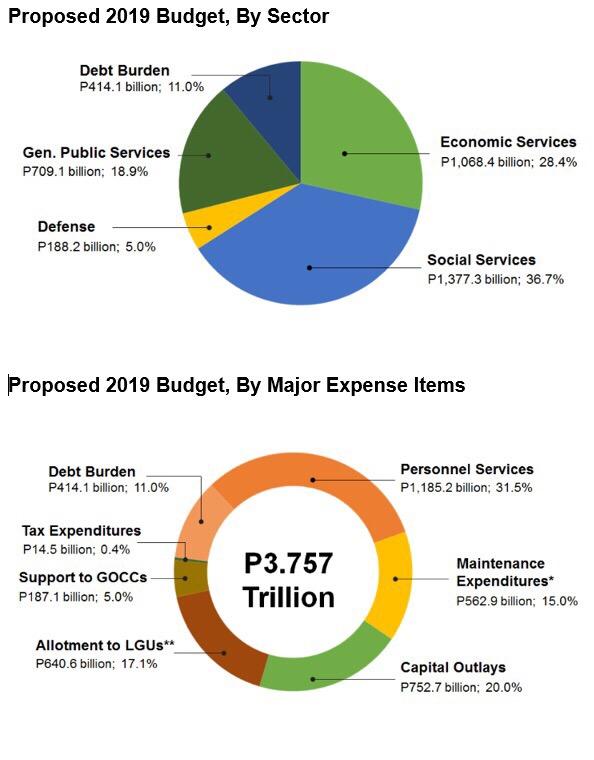
06 Nov, 2025
2 min read
Ateneo Report Highlights Surge in Budget for Philippine Executive and Legislative Offices Since 2016
A recent analysis by the Ateneo School of Government has spotlighted a significant escalation in government spending for the country’s highest offices, with the Office of the President’s budget soaring by 461% since 2016. The report questions the transparency around this exponential growth and calls for heightened scrutiny over the use of funds, including confidential expenditures.
The President’s office is projected to cost taxpayers ₱15.8 billion this year, compared to ₱2.8 billion during the final year of the Aquino administration in 2016. This sharp rise amounts to approximately ₱43.4 million daily, underscoring concerns about increasing governance costs amid stagnant household incomes that struggle to keep pace with inflation.
Budgetary increases extend beyond the presidency. The House of Representatives has seen a 280% boost, reaching ₱33.7 billion, while the Senate’s allocation has nearly tripled to ₱13.9 billion. Meanwhile, the Office of the Vice President’s budget grew moderately by 47%, now standing at ₱733 million.
The report raises alarm over the diversion of large sums to certain government bodies, highlighting ₱17.3 billion allocated to the House, ₱5 billion to the President’s office, and ₱1 billion to the Senate for confidential and intelligence purposes. This lack of transparency provokes questions regarding oversight and the prioritization of essential public services such as health, education, and social protection, which critics argue are being underfunded.
In a statement, the Ateneo School of Government challenged the administration, stating, "Why was there an exponential increase in the budget of these agencies? How much of these are under oversight scrutiny, and how much are confidential funds?" It called for institutional audits reaching the highest levels of power to reinforce anti-corruption efforts.
The report’s findings provoke a critical conversation about fiscal accountability and the allocation of government resources amid pressing social needs.
Recommended For You

Luxury Market Shifts as Gen Z Shapes New Consumer Landscape
Nov 06, 2025
Tino Salonga

Shane Gentallan Captures IBF Asia Jr. Flyweight Title in Bohol Boxing Showdown
Nov 06, 2025
Urbano Tolentino

Ateneo Report Highlights Surge in Budget for Philippine Executive and Legislative Offices Since 2016
Nov 06, 2025
Eusebio Alcaraz

Italy and Belgium Advance to FIVB Volleyball Men’s World Championship Quarterfinals
Nov 06, 2025
Urbano Tolentino
